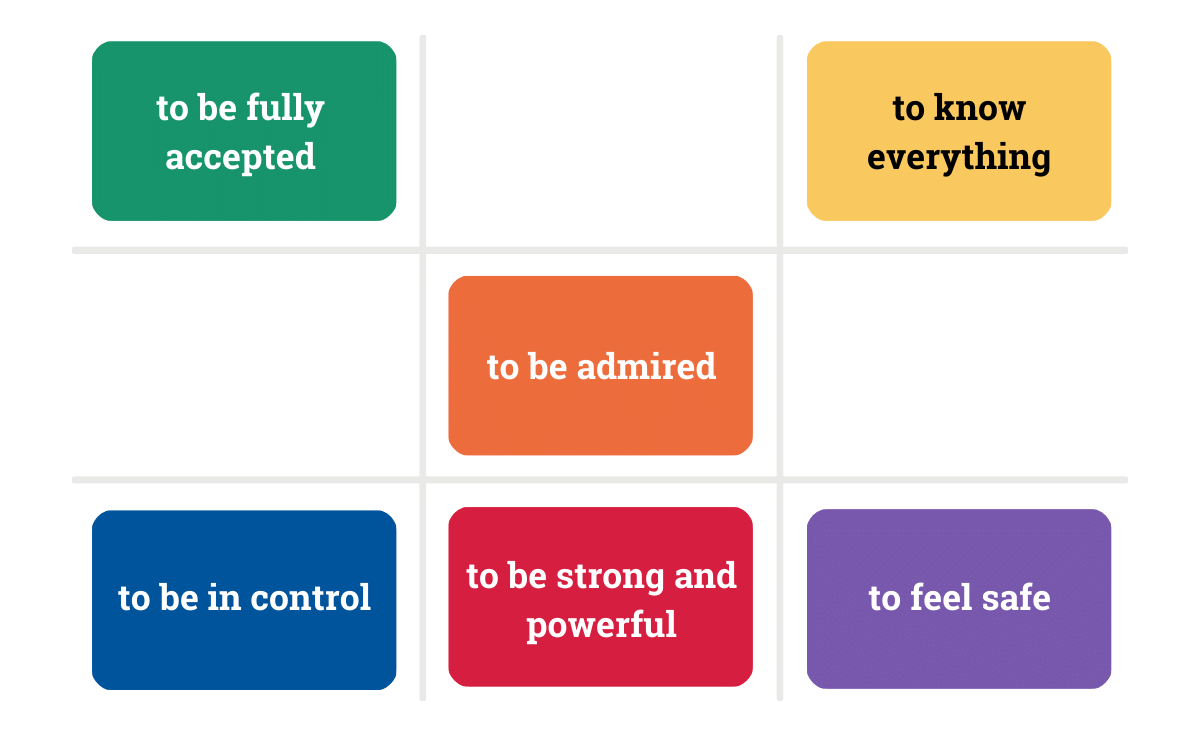Stress is your friend: A new perspective on an old enemy
Stress is a natural response of our body to a challenge or threat. Our body produces the stress hormones cortisol and adrenaline, which cause accelerated breathing, increased alertness, and/or an increased heart rate. Due to these physical effects, stress was long seen as enemy number one in the workplace, but more and more studies are showing that stress is not necessarily dangerous and that the way you deal with stress has an impact on its effects.
Dealing with stress
Common and long-lasting stressors can include: work (pressure), study, relationships, finances, social contacts, social media, housing, major changes in your life (such as: illnesses, new job, lawsuits), or caring for and losing a loved one. These “stressors” are part of life, so it’s important that you learn to deal with them. There are three ways to effectively deal with stress:
• Focus on the positive side of stress
• Find balance
• Use drives as a tool
Focus on the positive side of stress
Kelly McGonigal, a health psychologist, presents in her TEDTalk and elaborates in her book ‘The Upside of Stress’ that stress is not unhealthy for you. “Your increased heart rate prepares you to take action, and your accelerated breathing ensures more oxygen goes to your brain, only the belief that stress is bad for your health makes stress bad for your health.” Her message is that you don’t have to get rid of stress, but should see stress as a tool. Stress can indeed help us stay sharp and improve our focus, force us to creative solutions and develop new skills, and strengthen social connections.

Find balance
A natural reaction to time pressure and shortage is to shorten or skip moments of rest and relaxation. This sets off a negative spiral. By working hard and having little to no recovery time, your brain works less optimally. We start to switch-task and multitask without real success, causing ourselves to become overloaded, which is felt as stress and work pressure.

By consciously taking breaks, our body gets the opportunity to relax and recover. This way, we can then fully concentrate on the next task. Not only does this result in a better balance between stress and recovery, but we are also at our best when we focus our attention fully on one task.
Use drives as a tool
How someone reacts to and acts in stressful situations varies from person to person, which has to do with our drives. Under stress, people can exhibit behavior that is out of character. For example, a laid-back person might become very precise near a deadline, or a confident colleague might become nervous or insecure just before an important meeting. Under stress, you might display behavior that you really don’t want and that might even be in your rejection.
In stressful situations, insight into your own drives and those of your team members can lead to awareness. If a colleague reacts in a certain way, you can better pick up on signs of stress when you know their profile. How do you recognize the signs of stress for each drive?
Signals of stress per drive

Behind every complaint is a desire, and that’s where you’d like to focus your attention. With insight into your own drives and those of your team members and recognizing the signs of stress, you can adjust your communication and reaction to match the way another person speaks and listens.
Reacting primarily to signs of stress can quickly make the work atmosphere unpleasant, but you can also recognize potential desires and act positively towards them. This way, you can improve cooperation, better explain frictions, and work more enjoyably. Which desire do you recognize?
The desire:

Also, insight into drives can ensure that you ask for or offer help at the right moment. If you give and receive this social connection and support from colleagues, it can lead to experiencing less stress or recharging faster.
Developing resilience and effectively managing stress doesn’t mean we have to completely avoid stress, but rather that we learn to approach stress in a healthy and constructive manner. See stress as a tool and ensure a healthy balance between stress and recovery.
Show in your style of communication and actions that you understand each other and recognize the (stress) signals. Be open to being helped and ready to help others. Work together, guide, and motivate in a way that energizes colleagues rather than drains them, calls on talents, and makes cooperation effortless so that stress decreases and work pleasure increases.
Sources:
Stressors: https://www.ggdbzo.nl/app/uploads/sites/2/2021/09/Regiotabel-1a-achtergrondkenmerken-18-64-jr-2020-BZO.pdf
https://www.gezondheidsvaardigheden.nl/assets/pdfs/Plenaire-opening-Stress-en-beperkte-gezondheidsvaardigheden-een-ongezonde-wisselwerking.pdf